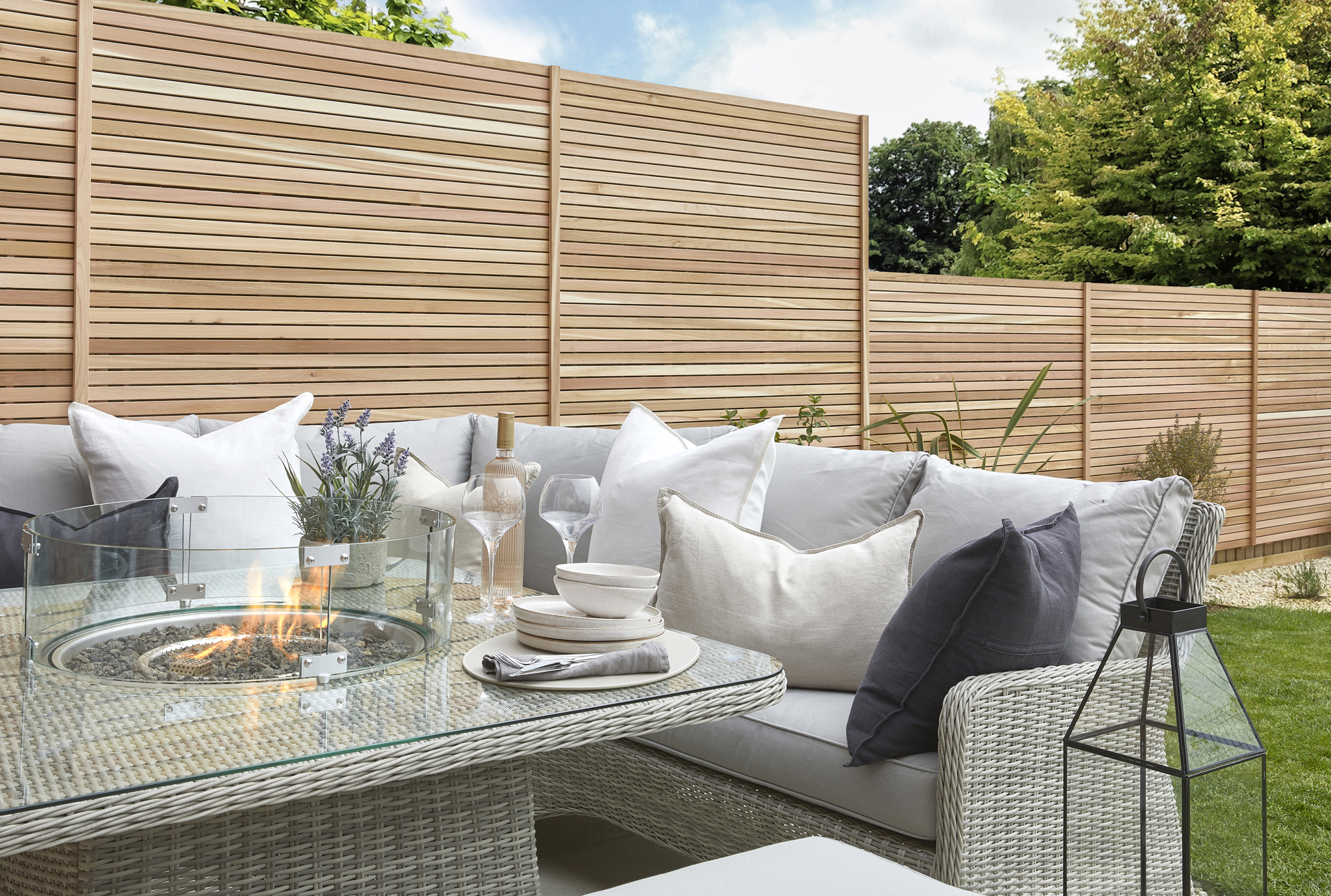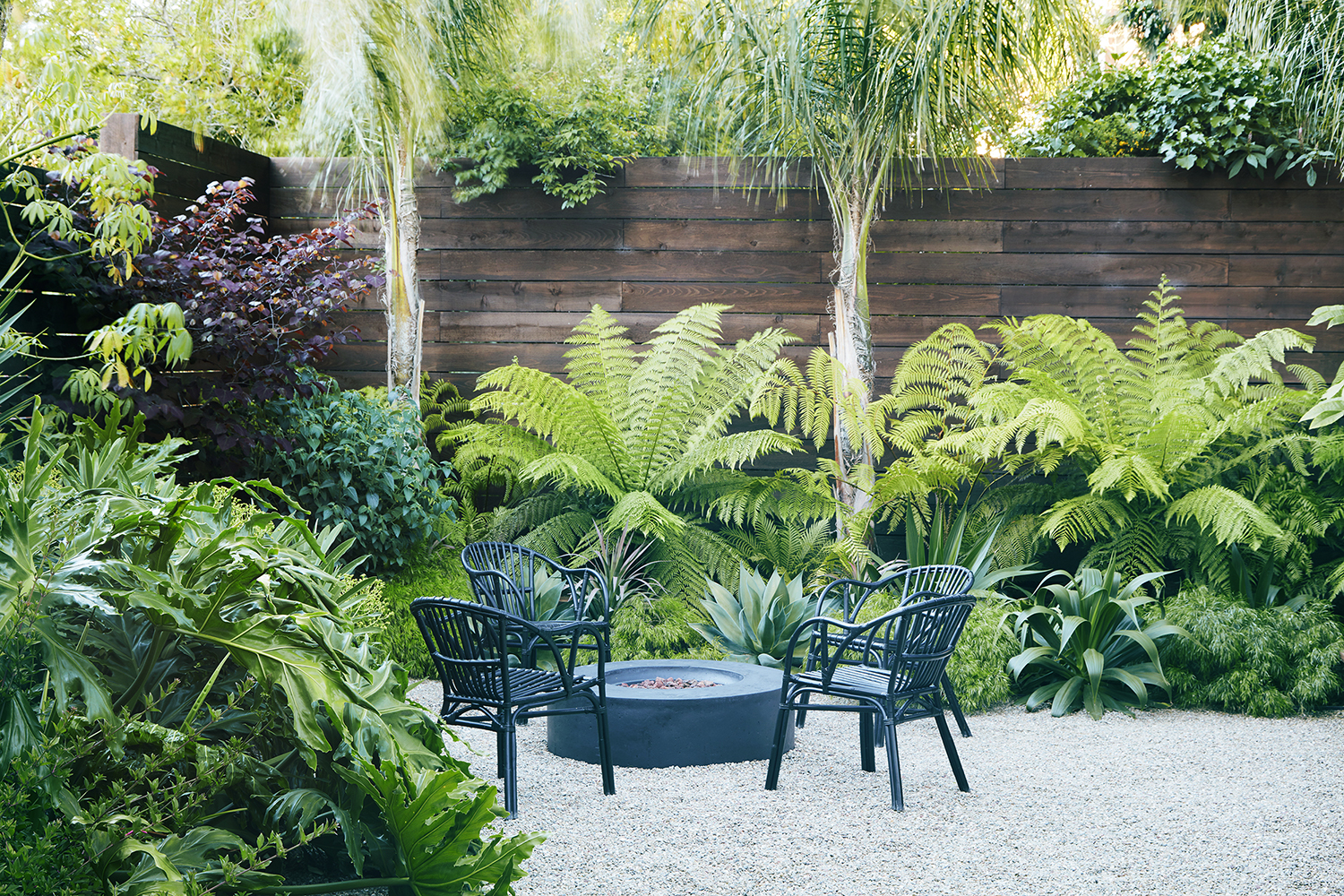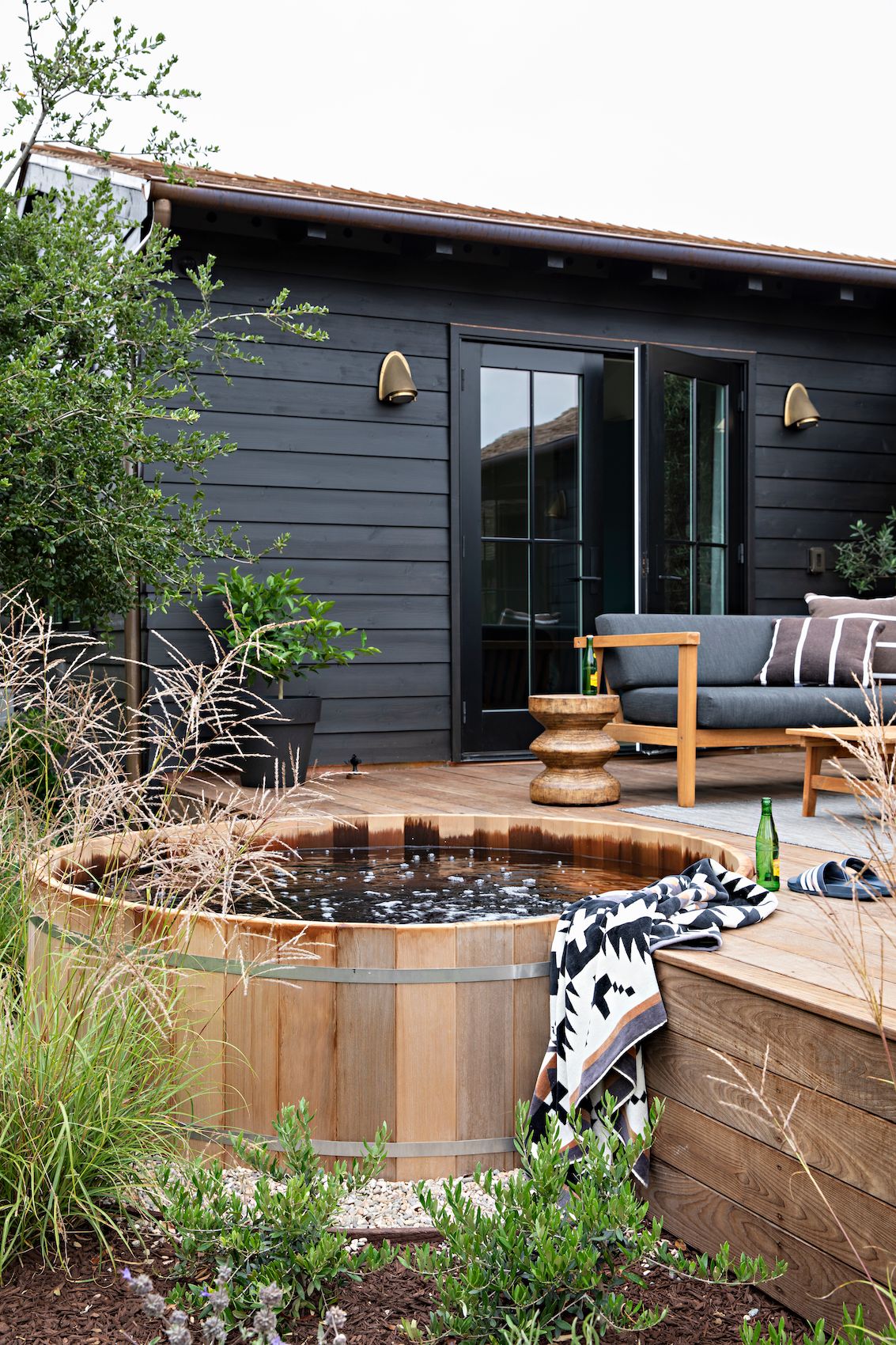5 Things Neighbors Can Complain About In Your Garden Design — And These Quibbles Could Have Legal Repercussions
From outbuildings to overgrown hedges, these are the landscaping features your neighbors might find fault with (and are within their rights to do so)


When designing your dream garden, your neighbors are unlikely to factor in. We get it — your backyard is for your benefit, not theirs — but you can't dismiss your neighbors entirely. The height of your fence, the maintenance of your boundary lines, even the types of flowers you plant — there are so many planning decisions your neighbors can complain about, and many of them aren't baseless at all.
In an ideal world, you and your neighbor would solve any dispute amicably, but to do so, it helps to set the record straight. Theoretically, your neighbors can complain about anything (if you've drawn the short straw on your street, you'll know this all too well); the difference is knowing which complaints are actually within their rights and, as such, which ones you'll have to act upon.
Before we lay out the various elements of modern garden design to be aware of, it's worth noting that certain disputes (such as those over fence height or overhanging tree branches) will depend on the boundary line between the two properties. "This will help you to understand whose property the wall or fence is on or whether it’s shared between you," explains the team at Citizens' Advice Bureau. Whoever owns the wall, fence, or hedge will be legally responsible for planning, maintenance, and repairs.
Trees, hedges, outbuildings, water features — plenty of elements of garden design are a thorn in the side for neighbors, and they can all have legal repercussions if they're not dealt with properly. And of course, it's worth noting that they're all things that you can complain about as a neighbor, too. Whether you're dealing with unruly plants or installing new features, here are five things your neighbors might (and can) take issue with.
1. Planting Invasive Species

Invasive species that cross the boundary line into your neighbors yard are worthy grounds for complaints, so make sure you know your knotweed from your forget-me-knots.
Of all the things neighbors can complain about in your garden design, taking issue with the flowers or shrubs you choose to plant might seem like the most petty. If you happen to have an invasive species in your backyard, however, it's a reasonable point of protest.
"It's illegal to allow certain invasive plants, like Japanese knotweed or bamboo, to spread onto neighboring land," explains Paula Higgins, chief executive at HomeOwners Alliance. "You can grow them on your land, but if they spread, you could be liable for damages or enforcement action. And when you come to sell your property, you will also be required to tell any potential buyers."
The types of invasive garden plants to avoid will differ between regions, but some common culprits in the UK include Japanese anemones and the Passion flower. Only the most invasive, non-native species are covered by legislation, however. For example, giant hogweed and Himalayan balsam are two other examples that you can't legally allow to spread into a neighbor's yard.
The Livingetc newsletters are your inside source for what’s shaping interiors now - and what’s next. Discover trend forecasts, smart style ideas, and curated shopping inspiration that brings design to life. Subscribe today and stay ahead of the curve.
Paula suggests speaking to your neighbour early if you spot an invasive plant near the boundary. "If it's on their land, offer to help with professional removal or suggest a joint solution before it causes harm," she adds.
If you do insist on having bamboo in your garden, why not choose a clumping variety and keep it in a pot? You can browse clumping bamboo varieties on Gardening Express.
2. Fence Height

We understand wanting to keep prying eyes from your private space, but fences are generally restricted to two meters maximum, including any additional fence toppers.
Looking to install some tall privacy fences? You'll need to ensure your fence height is in line with regulations first. "In most areas of England and Wales, fences at the front of a property can't exceed one meter, and rear or side fences are limited to two metres without planning permission," says Paula. This also includes any decorative fence panels, trellises, or toppers.
If you want to build a fence that exceeds these limits, you'll need to apply for planning permission from your local council. Listed buildings will also require planning permission for all boundary fences, regardless of height.
If your neighbor's tall fence is an eyesore and exceeds these limits, try to resolve it amicably. "If that fails, contact your local planning authority for enforcement advice," suggests Paula.

Paula Higgins is the chief executive of HomeOwners Alliance. After spending 15 years reforming housing policy in government, she founded HomeOwners Alliance.
3. Tall Trees, Hedges, or Overhanging Branches

Like fences, you need to be wary of hedge height, and you'll also need to maintain any trees on your property to prevent them from blocking a neighbor's light.
The height of trees and hedges is a common complaint by neighbors. "Your hedge might count as a ‘high hedge’ if it’s over two meters," says the team at Citizens' Advice. "Your neighbor could report it to your local council, and you could be told to cut your hedge."
Unlike typical fences, these living privacy fences grow, so the legal parameters are a little more nuanced. "Under the Anti-Social Behavior Act 2003, you can complain to the council about evergreen hedges, such as leylandii, over two metres tall that block light or access," explains Paula. That means that to be classified as a "high hedge", a hedge must be made of two or more evergreen or semi-evergreen shrubs, be more than two meters high, and either restrict access or light. If you do decide to plant evergreen, fast-growing hedges, be sure to maintain them by trimming the foliage.
There's no general height restriction for individual trees on private property, but if your tree begins to block the light to a neighboring property, they have the right to complain and request that it be pruned. (Once again, that means you'll need to be wary of using fast-growing trees for privacy.) Your neighbors are also allowed to complain about tree branches that overhang into their backyard. They can cut any that cross the boundary line into their property, but they must not damage the tree. They also need to ask your permission to throw cuttings away as, legally, you own them.
Neighbors can also complain about a dangerous tree in your garden. "They can report it to the council — for example, if they think it might fall over," says the team at Citizens' Advice. Paula adds that it's always a good idea to ask the council if the tree is protected by a Tree Preservation Order (TPO) first.
4. Outbuildings That Breach Planning

Before you build that granny annex, brush up on the legislation around so-called "permitted developments" to prevent quibbles from your neighbor. Any building that doesn't meet the conditions will need planning permission.
Looking to build a home office in your garden? We can't blame you. We're all looking for ways to grow our space and make use of every inch, but you'll need to be wary of the legislation surrounding outbuildings first.
"Outbuildings must comply with permitted development rules, which cover size, height, and location," says Paula. "If they don’t, planning permission is required, and councils can issue enforcement notices if rules are breached."
The maximum height of an outbuilding without requiring planning permission is generally 2.5 meters at the eaves, and it must be single-story. You'll need to contact your local planning authority for any new building that exceeds this height, as it will no longer fall under permitted development guidelines. There are also certain conditions surrounding boundary proximity, habitability, and the materials used that you need to be aware of.
5. Garden Features Causing a Nuisance

Water features, pools, and hot tubs can often be grounds for a complaint if they're noisy or aren't maintained properly.
Certain water garden features, hot-tubs, and swimming pools might sound like innocent additions to your garden, but your neighbors are well within their rights to complain about any such features if they can be classed as a "nuisance".
"Under common law and environmental legislation, noise, water leaks, or smells from garden features like hot tubs or pools can be deemed a 'statutory nuisance' by the local authority," Paula explains. Of course, you might not realize your water feature is causing a problem until your neighbor mentions it, but once they do, you need to act.
If your neighbor complains about general noise, pets, vandalism, or rubbish, you'll need to make sure it's not considered "anti-social". According to the team at Citizens' Advice, "It’s likely to be anti-social behaviour if it causes ‘nuisance and annoyance’ to your neighbor, for example playing loud music late at night or putting rubbish in their garden."
FAQs
Can I Block My Neighbor's View Into My Garden?
In short, you do have the right to block your neighbor's view. "You're entitled to privacy in your own garden," says Paula. "You can put up a screen, trellis, or planting — within height and planning limits — as long as it’s on your side of the boundary."
As laid out above, however, any garden screening must be done within reason and in accordance with the law. Tall, evergreen hedges that block light or access, for example, will be in breach of legislation. Paula suggests choosing natural or attractive solutions to screen your garden, like tall plants or pergolas, to avoid escalating tensions. "Communicate your intent to your neighbor to maintain goodwill," she adds.
Life is so much easier when you get on well with your neighbors, so be wary of the legislation above if you want to keep things sweet. If you receive a complaint of any kind, check if they have their facts straight, and act quickly if they do, ensuring you keep your neighbor informed throughout the process.
Knowing the facts, you can then be at peace to keep up with the latest garden trends in 2025.

Lilith Hudson is a freelance writer and regular contributor to Livingetc. She holds an MA in Magazine Journalism from City, University of London, and has written for various titles including Homes & Gardens, House Beautiful, Advnture, the Saturday Times Magazine, Evening Standard, DJ Mag, Metro, and The Simple Things Magazine.
Prior to going freelance, Lilith was the News and Trends Editor at Livingetc. It was a role that helped her develop a keen eye for spotting all the latest micro-trends, interior hacks, and viral decor must-haves you need in your home. With a constant ear to the ground on the design scene, she's ahead of the curve when it comes to the latest color that's sweeping interiors or the hot new style to decorate our homes.